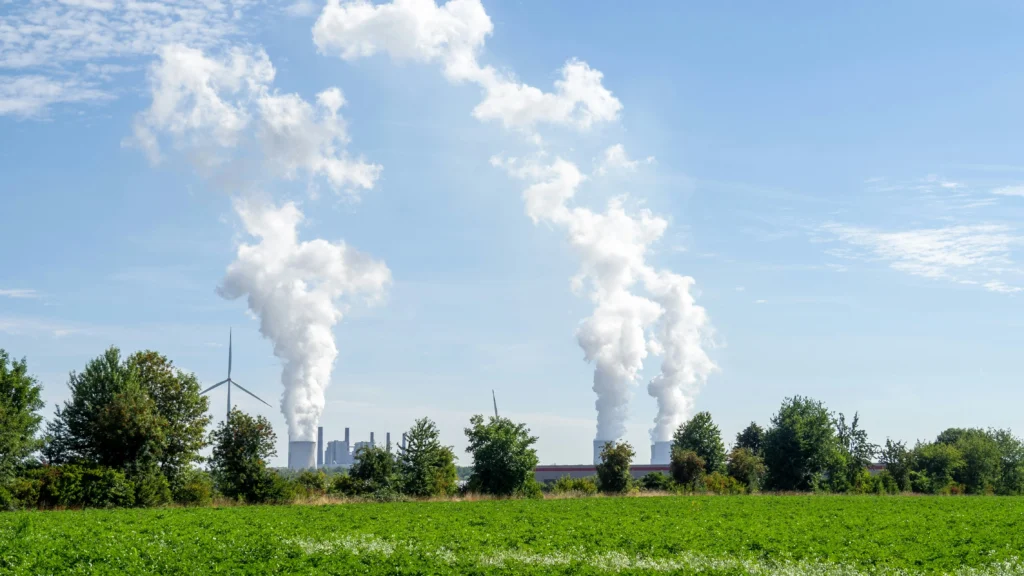Carbon markets are mechanisms designed to reduce greenhouse gas (GHG) emissions by placing a cost on emitting carbon dioxide (CO₂) and other GHGs. They allow countries, companies, or individuals to buy or sell carbon credits that represent a reduction in emissions. The main goal is to encourage the reduction of emissions to combat climate change by creating a financial pression for emitters to reduce their carbon footprint.
Carbon markets can be classified into two main categories:
Mandatory carbon markets, also known as compliance markets, are established by national, regional, or international regulations. In these markets, governments set a legal limit or cap on the amount of GHG emissions that companies are allowed to produce. Companies that exceed this cap must purchase carbon credits to offset their excess emissions, while those who emit less can sell their surplus credits.
The most well-known example of a mandatory carbon market is the European Union Emissions Trading System (EU ETS).
The EU ETS is the world’s largest and oldest mandatory carbon market, established in 2005. It operates under a cap-and-trade system, where a cap is set on the total amount of certain GHGs that can be emitted by installations covered by the system. Over time, this cap is reduced, making it more difficult and expensive for companies to exceed their allowed emissions.


Voluntary carbon markets, unlike compliance markets, operate without a regulatory mandate. They allow individuals, companies, and governments to purchase carbon credits to offset their emissions voluntarily. These markets cater to organizations that want to demonstrate environmental responsibility or achieve carbon neutrality outside of regulatory frameworks.
Voluntary carbon credits are generated through various projects that reduce, avoid, or remove GHG emissions. These can include:

News
News
©2025 Carbon Expert. All rights reserved.